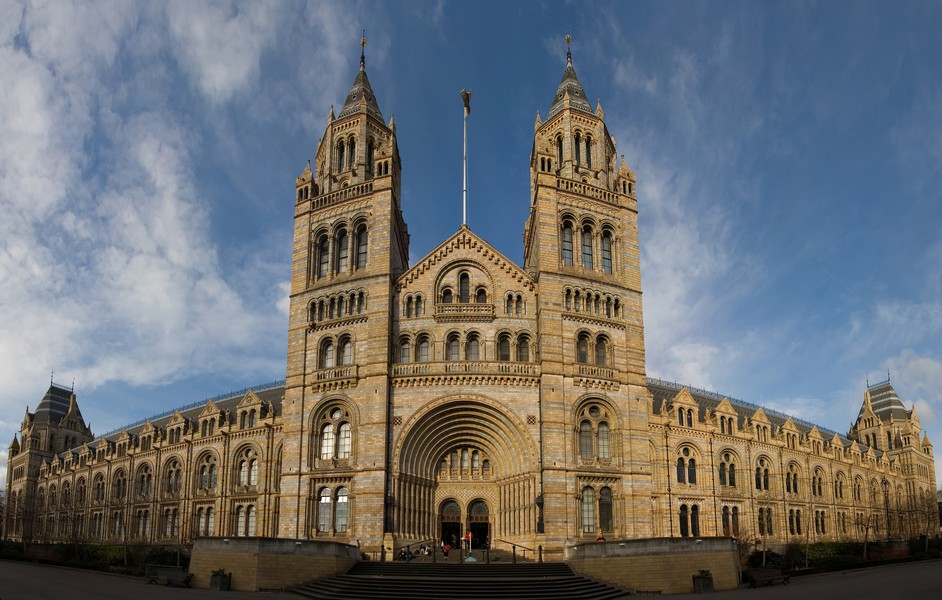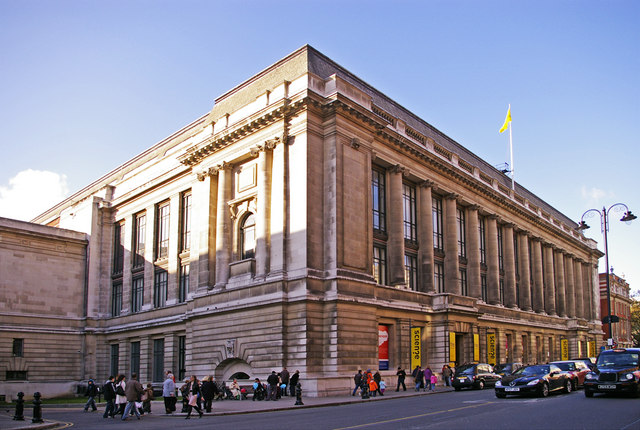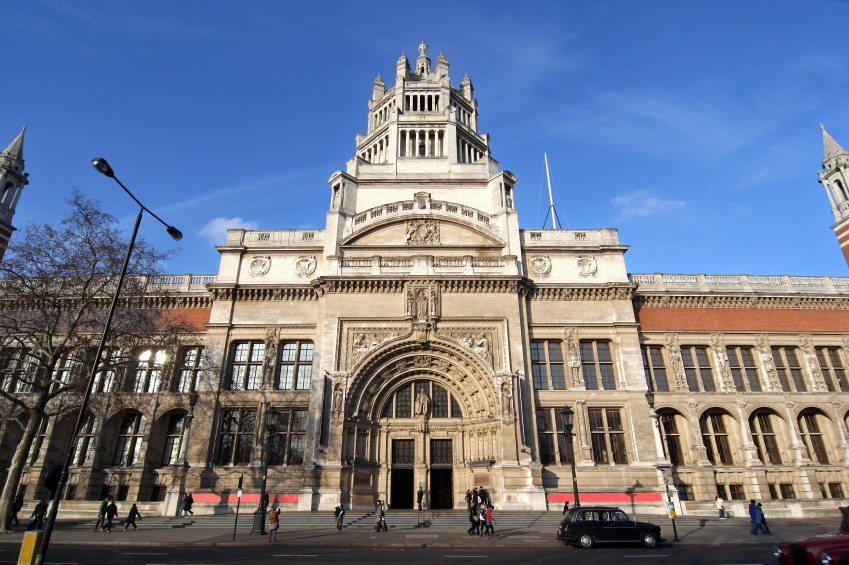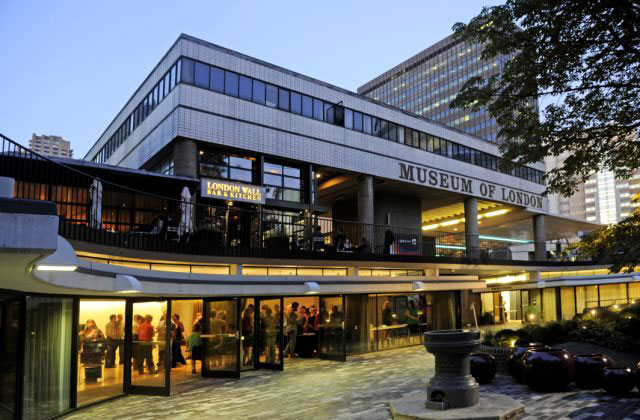The Natural History Museum in London is a museum exhibiting a vast range of specimens from various segments of natural history. It is one of three large museums on Exhibition Road in South Kensington, the others being the Science Museum and the Victoria and Albert Museum. The Natural History Museum’s main frontage, however, is on Cromwell Road.
The museum is home to life and earth science specimens comprising some 80 million items within five main collections: botany, entomology, mineralogy, palaeontology and zoology. The museum is a world-renowned centre of research specialising in taxonomy, identification and conservation. Given the age of the institution, many of the collections have great historical as well as scientific value, such as specimens collected by Charles Darwin.
The museum is particularly famous for its exhibition of dinosaur skeletons and ornate architecture—sometimes dubbed a cathedral of nature—both exemplified by the large Diplodocus cast which dominates the vaulted central hall. The Natural History Museum Library contains extensive books, journals, manuscripts, and artwork collections linked to the work and research of the scientific departments; access to the library is by appointment only.
Although commonly referred to as the Natural History Museum, it was actually officially known as British Museum (Natural History) until 1992, despite legal separation from the British Museum itself in 1963. Originating from collections within the British Museum, the landmark Alfred Waterhouse building was built and opened by 1881, and later incorporated the Geological Museum. The Darwin Centre is a more recent addition, partly designed as a modern facility for storing the valuable collections.
Like other publicly funded national museums in the United Kingdom, the Natural History Museum does not charge an admission fee. The museum is an exempt charity and a non-departmental public body sponsored by the Department for Culture, Media and Sport. Catherine, Duchess of Cambridge is a patron of the museum. There are approximately 850 staff at the Museum. The two largest strategic groups are the Public Engagement Group and Science Group.
Listing Details
- Address: Cromwell Rd, London,SW7 5BD,United Kingdom
- Phone: 020 7942 5000
- Website: http://www.nhm.ac.uk
- Email: http://www.nhm.ac.uk/about-us/contact-enquiries/index.html
- Get there by bus: 14, 49, 70, 74, 345, 360, 414, C1
- Get there by tube/train: South Kensington
- Wheelchair access: Yes
-
Additional information:
On-street parking facilities for Blue Badge holders outside the Museum’s Exhibition Road entrance are limited.
On-site parking spaces for disabled Blue Badge holders are also limited. Please book in advance through the Museum’s Security Control Room by calling +44 (0)20 7942 5888 (24 hours). Parking bays are 4.8 metres long. A setting-down point is available for larger vehicles.
Please note that access to the Museum car park is via Queens Gate, SW7 5BD to the west of the Museum.
Low-floor buses run on routes 360, 49, 70, 345 and C1.
Opening Times
- Monday 10:00 am – 5:50 pm
- Tuesday 10:00 am – 5:50 pm
- Wednesday 10:00 am – 5:50 pm
- Thursday 10:00 am – 5:50 pm
- Friday 10:00 am – 5:50 pm
- Saturday 10:00 am – 5:50 pm
- Sunday 10:00 am – 5:50 pm









